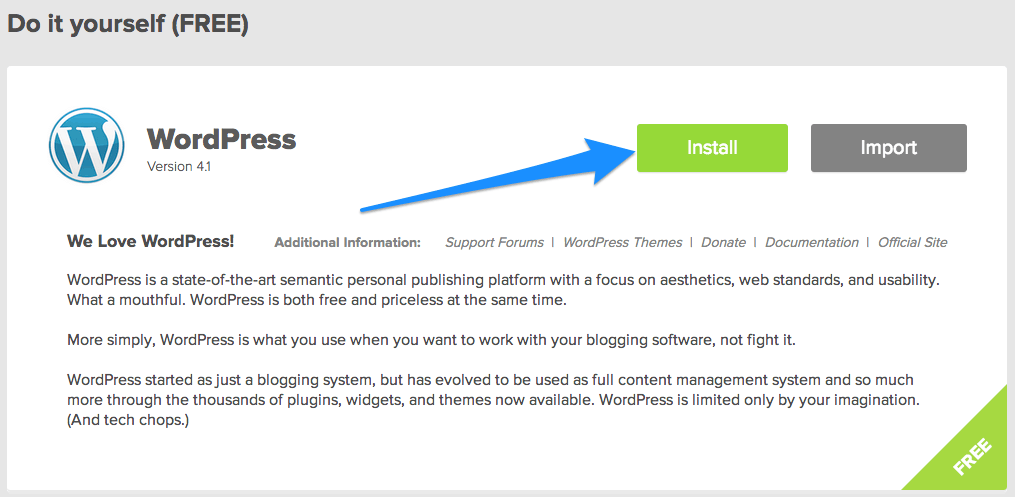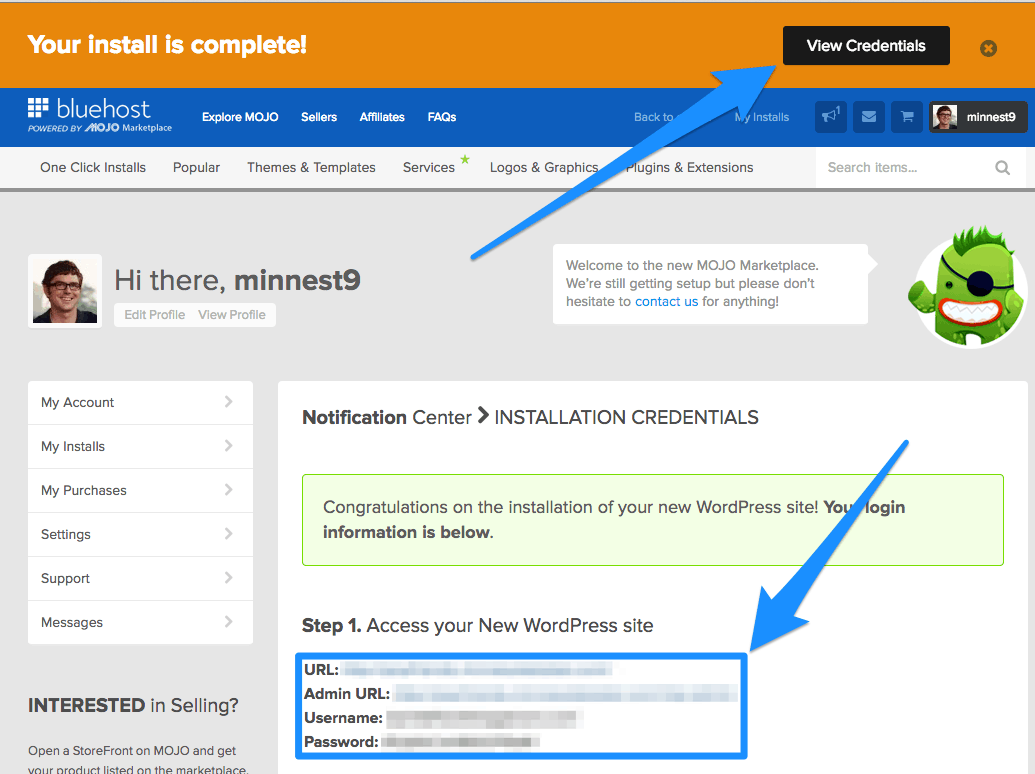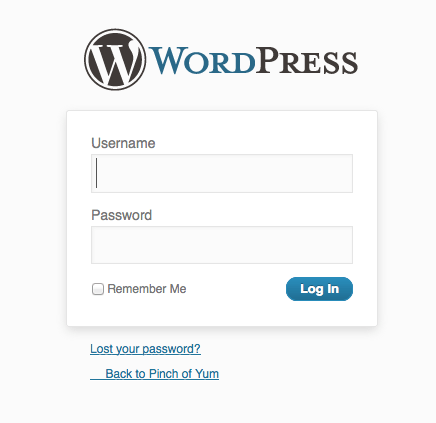how to start a food blog
So let me guess: You love to cook. And you love reading food blogs.
Can I guess one more thing? People keep telling you that you should start a blog, and you’ve thought about combining your love of food and your love of blogs as a place to share your recipes.
Don’t wait. Today is your day to start a food blog!


Let’s go!
Disclaimer: Please note that some of the links below are affiliate links and I will earn a commission if you purchase through those links. I have used all of the products listed below and recommend them because they are helpful and are companies that I trust.
THE THREE STEPS TO FOOD BLOGDOM:
- Domain Name and Hosting
- Installing WordPress
- Making it Pretty
1) DOMAIN NAME AND HOSTING
This part is fun!
What do you want your domain name to be?
Mine is (um, obvi) pinchofyum.com. Here’s what worked for us –> Brainstorm as many different ideas as possible. Once you’ve thought of some possible names, head to Bluehost to see if your domain name is available by entering it in the box that looks like this:
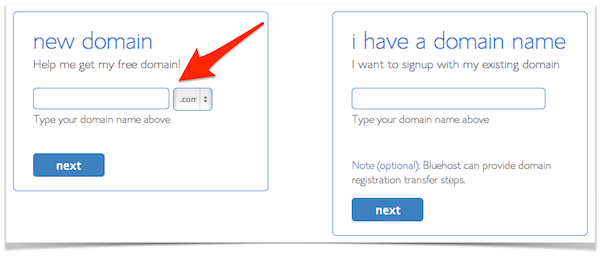
If you’re asked to pick your plan level I’d suggest the Starter Plan, which is paid in one lump sum instead of monthly, but it’ll save you quite a bit of cash.
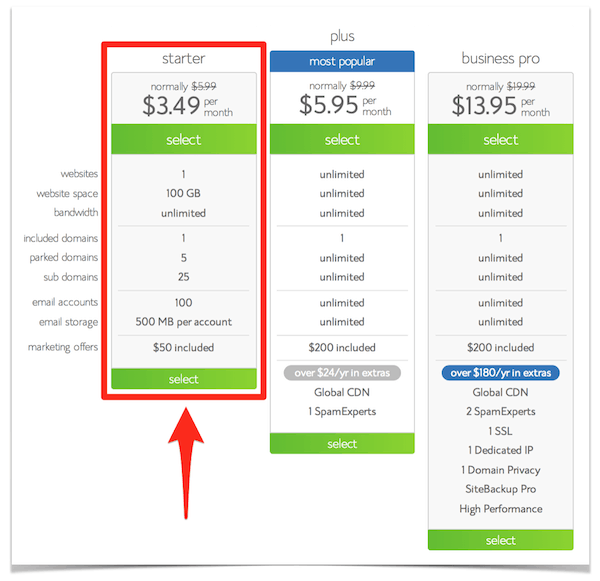
You’ll also need to host your domain name. Hosting is like renting space on the web to display your blog. Bluehost has great rates and gives you your domain name for free if you decide to host with them.
You know how I love a good deal!
Below is a screenshot of what I use for package information settings.
The Domain Whois Privacy shields your personal address and phone number from being displayed to the public.
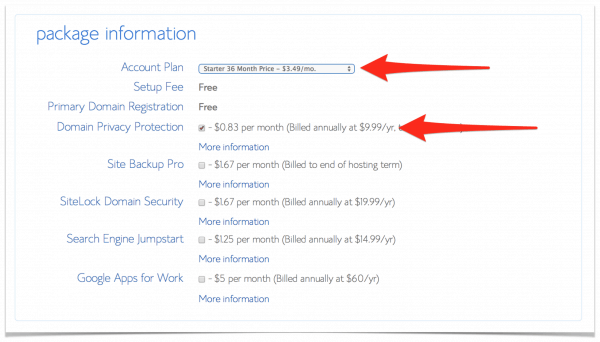
2) INSTALLING WORDPRESS
Once you’ve completed registration with Bluehost you’ll need to go through the process of installing WordPress.
WordPress is a blogging software. It’s the software that I use for pinchofyum.com. The best part is that it’s SUPER easy to use and it’s also super easy to install on your website. BINGO.
Here’s how:
Login to Bluehost and find the Website Builders section. Click on the WordPress logo.
On the next page click the “Install” button in the “Do it yourself FREE” section.
Click the “Check Domain” button.
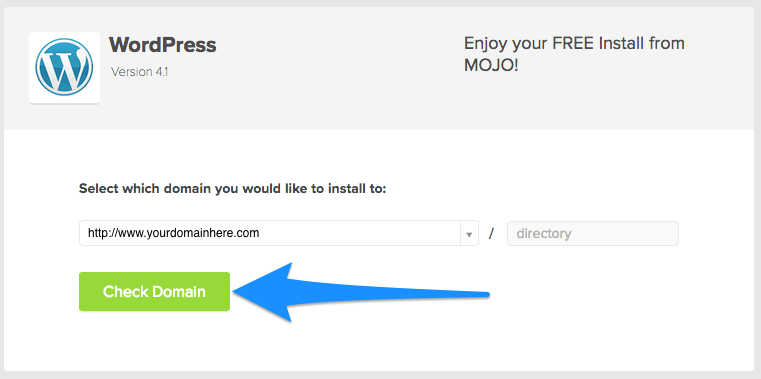
Check the terms and conditions box and then click the “Install Now” button.
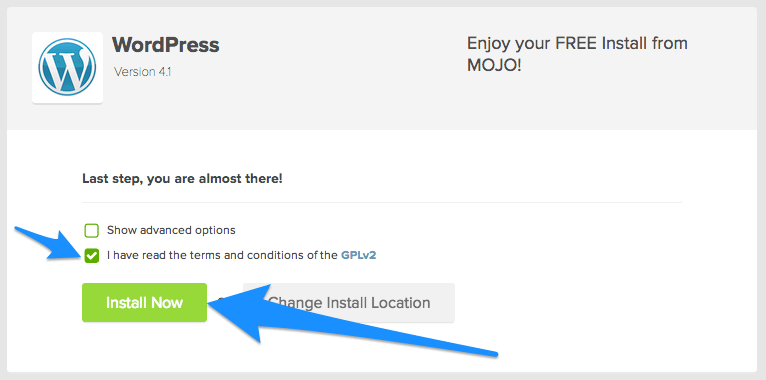
Once you get the message that says “Your install is complete!” you’ll want to click on the “View Credentials” button and write down your Admin URL, Username, and Password. You can change these to something more memorable later, but you’ll need them for your first time logging in.
Type your Admin URL into your web browser. You’ll see a login screen like the one below. Enter your Username and Password you copied down from the previous step.
You’ve officially logged into your blog. Congrats!
3) MAKING IT PRETTY
At this point, you officially have your own food blog! Wahooooo! How does it feel? Welcome to the blogosphere, my friend!
You’re minutes away from sharing your famous double-chocolate-marshmallow-peanut-butter cookie recipe with the world (SEND ME ALL OF THEM).
Before you jump into the kitchen there are a few things you can do to beautify your blog. It’s time to pick your theme! WordPress has tons of free WordPress themes to pick from. You can scan through the options here. If you’re looking for a premium theme, check out these options:
- The Thesis Theme – This was the first theme that we used with Pinch of Yum. We loved it and still highly recommend it.
- The Genesis Framework – This is the current framework we’re using with Pinch of Yum. You’ll also want to look into the available StudioPress Themes, like the Foodie Theme.
- Elegant Themes – I think Elegant Themes looks great, is easy to use, and has quite a few different options. It’s also a bit cheaper then the other premium themes listed here. Take a look and see what you think.
3B) OPTIONAL STEP – LEARN HOW A BLOG CAN MAKE SOME MONEY
Did you know that there are tons of opportunities to make money from food blogging? It’s true!

